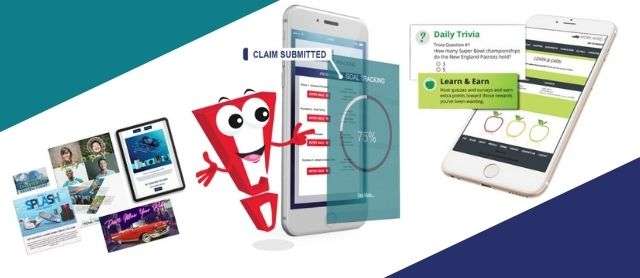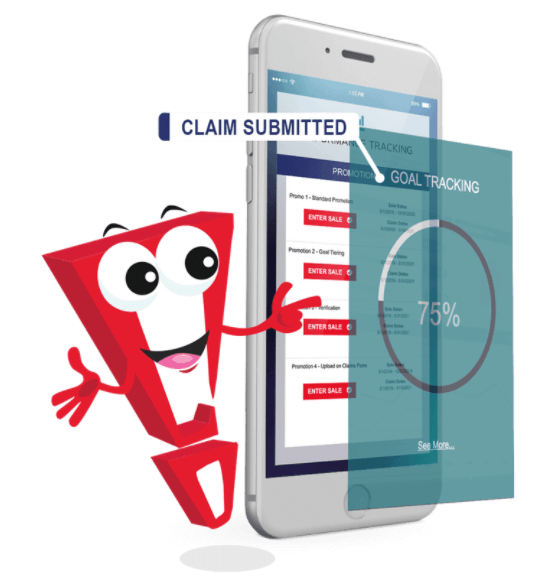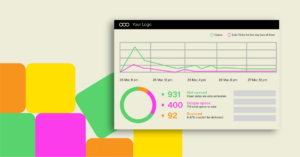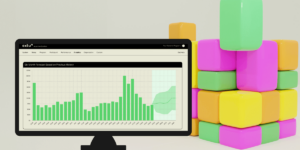As the medical devices industry recovers from COVID-19 challenges and re-prioritizations, a rapid growth trajectory is expected. A growing geriatric population, increase of infectious and chronic conditions, as well as increasing complex surgical procedures, are projected to drive the market at a 6% growth rate, reaching a market value of $600+ billion by 2023. Medical device manufacturers will no doubt face growing sales expectations and increased competition both in the form of smaller companies with specialized technology focus, and larger players expanding their product line. Incentive programs represent one of many strategies suppliers can use to maintain high market share.
A medical devices sales incentive program should work in tandem with a well-planned, aligned sales and marketing strategy. Along with this, here are three tactics I recommend for creating an incentive program that boosts sales revenue and increases market share:
Design an ROI-focused incentive plan.
First and foremost, a medical devices sales incentive programs should be data-driven and ROI-focused, from launch to assessment.
- Goals should be specific and aligned. Partner with an incentive company who can provide expert collaboration on goal-setting. They should work to understand your unique business needs intimately and apply proven, successful incentive strategies. They should advise you on proper sales goals and key performance indicators (KPIs) to track those goals.
- Select the right audience. Your ideal audience will be determined by the goals you set. When you’ve set your goals, identify the salespeople or channel partners with the most power to influence those goals.
- Plan for the long term. A sales incentive program with the most impact on high market share is one that’s built to last. Understanding the lifecycle of a sales incentive program will help you plan sales promotions, training initiatives, and marketing campaigns in harmony with each other. Between year two and five, for example, a sales incentive program tends to plateau and benefits from a change or expansion. Incentive experts can help you plan a successful long-term incentive plan contributes to revenue growth and market share over time.
Engage and motivate salespeople with rewards.
Sales incentive rewards themselves serve two major purposes: to motivate certain behaviors in salespeople, and to engage them. Studies show that “work engagement directly influenc[es] salesperson performance.” Strategies for engaging salespeople and motivating behaviors include:
Engaging salespeopleTracking individual and team progress with a real-time, interactive sales leaderboard. This adds a kick of friendly competition to any promotion. Marketing campaigns to go along with your sales incentive initiatives can have an incredibly positive impact. Because rewards are personally valuable, salespeople are excited to receive announcements and updates. Incentive marketing can be 700% more effective than standard marketing! You can segment your incentive program audience into groups according to product lines sold, region, channel partner type, or performance level. This allows you to run multiple, simultaneous sales promotions, as well as deliver personalized marketing for each segment. These tailored experiences make your program more relevant and engaging to your salespeople. |
Motivating behaviors
Reward salespeople with on-the-spot reward funds or certificates for building positive customer. Regular calls, check-ins, and updates help build trusting, long-term customer loyalty. Reward salespeople for collecting customer and sales data. A document upload and verification feature makes it easier for salespeople to submit invoices, receipts, or other sales claim documentation. As soon as the documents are uploaded to your reward program, you can quickly authenticate the claims and instantly deliver rewards. This speeds up the reward delivery process, making salespeople more likely to repeat it. Use the right reward for the right goal. Debit/gift card rewards are more appropriate for SPIFF promotions, for example, while reward points are suitable for long-term engagement and group incentive trips are ideal for your top-tier performers. |
Combine training and incentive rewards to improve sales performance.
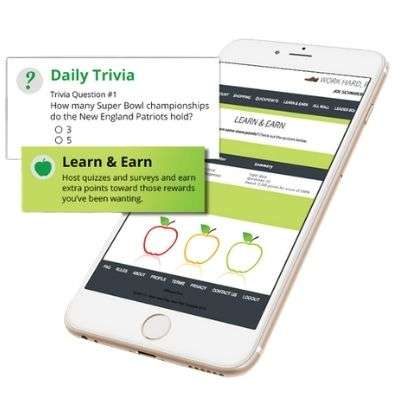 Investment in sales training and performance is always a great idea for high market share. When you add incentive rewards to the equation, you create an extra drive for salespeople to expand and update their product knowledge.
Investment in sales training and performance is always a great idea for high market share. When you add incentive rewards to the equation, you create an extra drive for salespeople to expand and update their product knowledge.
The most effective incentive training scenario marries the training platform to instant reward delivery. You can use an incentive program with a built-in learning module, for example. This allows you to instantly reward your salespeople or channel partners for completing training in the form of full courses with multimedia educational content, passing quizzes, or answering daily trivia for a quicker, small-scale approach.
Receiving training in multiple ways helps your salespeople better retain that training. Repeating and re-representing information “forces us to reconceptualize information and creates multifaceted memories that are more easily accessed.” In addition, the immediacy of reward delivery solidifies a connection between pleasure and the associated behavior, eventually making training more enjoyable even without rewards. These psychological factors greatly empower your sales enablement and training strategies—and a high-performing sales force will contribute to a high market share.
With the growth and demands medical device manufacturers are facing, it’s important to plan effective, aligned sales and marketing strategies. By designing ROI-driven incentive plans, engaging and motivating salespeople, and improving sales performance through reward-reinforced training, you can create behavior and a sales culture that drives your company ahead of the competition, toward high market share.
With the growth and demands medical device manufacturers are facing, it’s important to plan effective, aligned sales and marketing strategies. By designing ROI-driven incentive plans, engaging and motivating salespeople, and improving sales performance through reward-reinforced training, you can create behavior and a sales culture that drives your company ahead of the competition, toward high market share.

